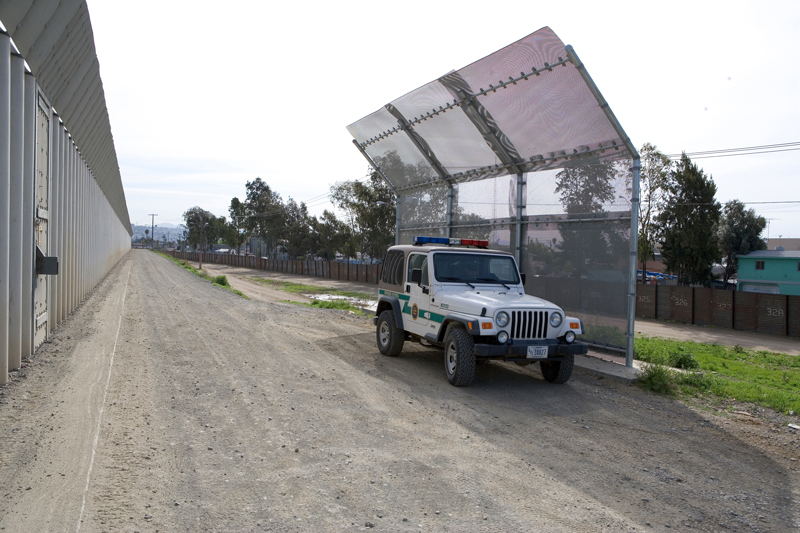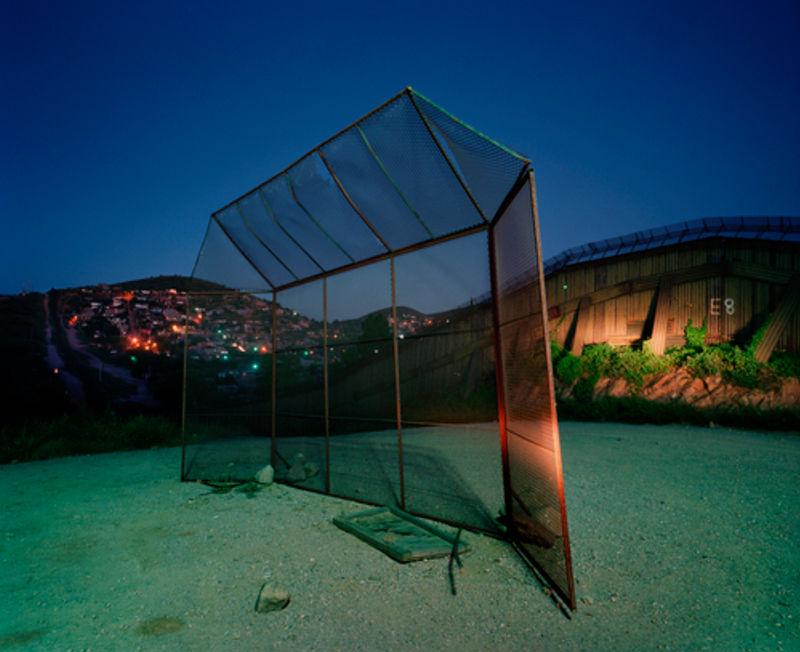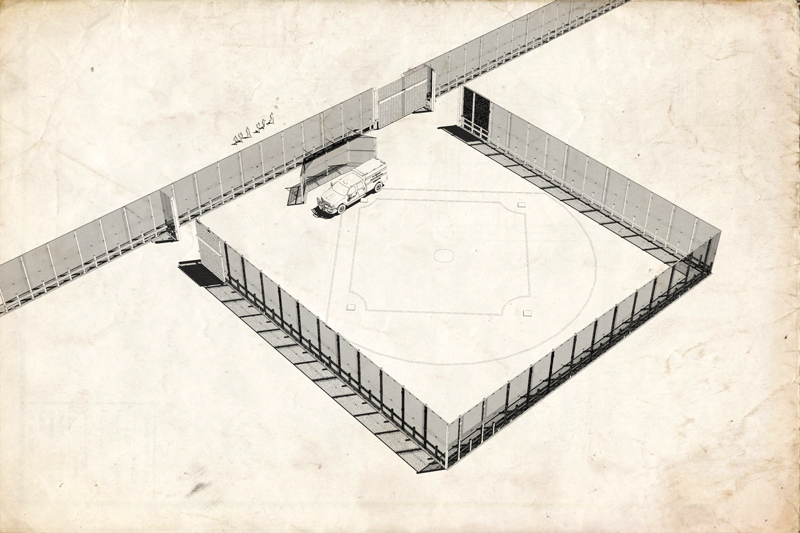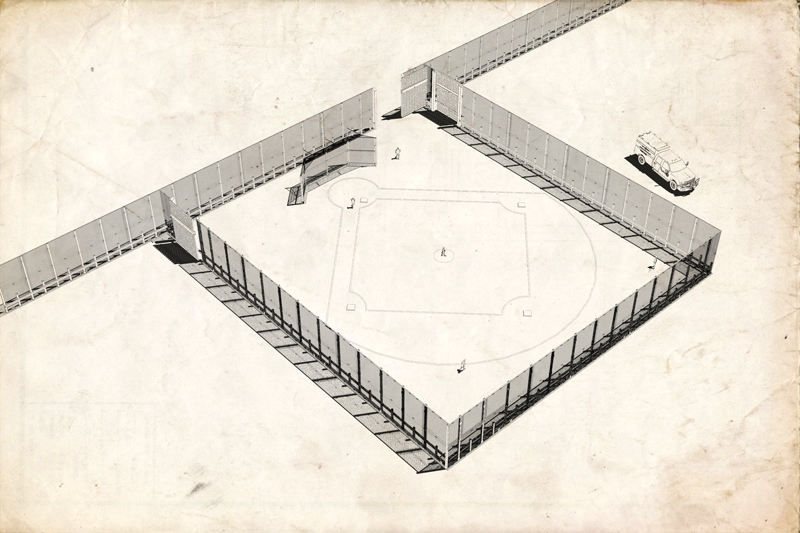Throwing rocks, bottles or other debris, like chunks of asphalt or concrete, across the borderwall is the most common form of assault against border patrol agents.[1] These “rockings”, as they are known among agents[2], have caused injury to border patrol agents and their equipment. In some instances, rock throwing is a random act of violence against U.S. Border Patrol agents, and in others, throwing rocks is a tactic to distract border agents, allowing for people to cross in a different location or a response to an apprehension on the U.S. side by those on the Mexican side.
There have been devastating consequences to this phenomena, both as a direct cause of rock throwing from the Mexican side, and the reaction from the U.S. side. Injury to U.S. Border Patrol agents is perhaps the most direct outcome of rockings. Between 2011 and 2013 there were 524 rock attacks against agents on the border.[3] Rock throwing also has resulted in damage to equipment, particularly Border Patrol vehicles.
Perhaps the most profound damage to equipment was the downing of the helicopter, 74 Fox, when it was struck by a rock struck the chopper’s tail rotor when it was flying at low altitude surveying the area near the Tijuana River in 1979. The chopper crashed on it’s side, but fortunately both passengers survived. This was not the only incident of a rock bringing down a helicopter. [4] In 2005, an A-Star helicopter flying near the U.S. Port of Entry at Andrade, California, was struck by a rock, damaging the rotor and causing it to make an emergency landing.
One response to rock throwing by U.S. Border Patrol agents has been firing weapons at the rock throwers. Between 2010 and 2012 U.S. agents killed 8 people as a reaction to being pelted with rocks, 6 of whom where on the other side of the wall and on Mexican soil.[5] In the 524 rock attacks between 2011 and 2013, agents responded by firing a gun 55 times at attackers. While some contend that the use of firearms as a disproportionate use of lethal force, other see the use of a rock as a deadly weapon, although no agent has died in a rock attack.[6] In 2012 the The Department of Homeland Security began examining its policy on deadly force along the U.S.-Mexico border.[7] However, despite a recommendation by The Police Executive Research Forum, a nonprofit group that advises law enforcement agencies, to end the practice of using deadly force against rock throwers, Customs and Border Protection in 2013 advised their agents to use deadly force if they have a reasonable belief that their lives or the lives of others are in danger.[8]
Another response to rock throwing has been the erection of baseball backstops to prevent rocks from damaging vehicles or injuring border patrol agents. For example, in Nogales Arizona, border patrol agents erected an old baseball backstop near the border wall to protect themselves and their vehicles from rocks and other objects being thrown over the fence from Mexico. In other places, the backstops have become much more a part of the design of the system of barriers, often placed between a double wall where patrol vehicles drive back and fourth.
Rock throwing is often a result of the frustrations caused by the inequality created by the wall. In one scenario, agents along the border near the Mexican town of Anapra, outside of Juarez, would give dollars and candy to children across the border through the wall. When agents stopped this (illegal) practice, the children became frustrated and taunted the agents. Agents retaliated verbally and the children, in turn, began to hurl rocks at the agents and their vehicles.
What if instead of this type of childish one-sidedness, a different kind of play was promoted at the border that promoted equality and dismantled the single-sidedness of the border? For example, walls could be designed to accommodate backstops, which could be accessible to children in the small border towns to play baseball, which is the most popular sport in Mexico in the border regions of Sonora and Baja California.
At certain times, agents could open gates that allow players to enter onto the baseball field, patrolling the outer perimeter of the wall. At other times, when the field was not in use, agents would open the gates to the field and patrol near the backstop. What would this mean for players of the game, who hit a homerun? Perhaps, if agents were nearby, they would simply hurl the baseball back across to the other side.
[1] http://www.csmonitor.com/USA/Justice/2012/1203/Bullets-vs.-rocks-Border-Patrol-under-fire-for-use-of-deadly-force/(page)/2
[2] http://www.hstoday.us/blogs/the-kimery-report/blog/dangerous-rock-attacks-on-border-patrol-agents-are-up-chopper-brought-down-by-rock-in-79/56d720dfd2a031fd9638f6e8123a5ca0.html
[3] http://www.huffingtonpost.com/2013/11/05/border-patrol-killing_n_4218334.html
[4] http://www.hstoday.us/blogs/the-kimery-report/blog/dangerous-rock-attacks-on-border-patrol-agents-are-up-chopper-brought-down-by-rock-in-79/56d720dfd2a031fd9638f6e8123a5ca0.html
[5] http://www.npr.org/2012/11/24/165822846/border-killings-prompt-scrutiny-over-use-of-force
[6] http://www.csmonitor.com/USA/Justice/2012/1203/Bullets-vs.-rocks-Border-Patrol-under-fire-for-use-of-deadly-force/(page)/2
[7] http://www.npr.org/2012/11/24/165822846/border-killings-prompt-scrutiny-over-use-of-force
[8] http://www.huffingtonpost.com/2013/11/05/border-patrol-killing_n_4218334.html



